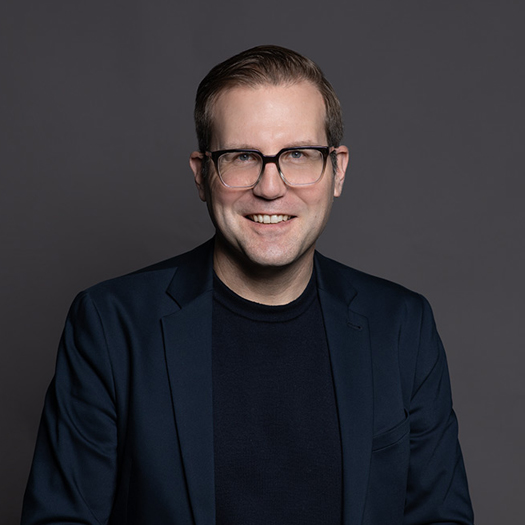No Forecast for Winter 2023/24
Public EventsPossible saving effects, weather, and risk factors influence gas supply
As a result of Russia’s war of aggression against Ukraine, gas exports from Russia to Germany decreased significantly from spring 2022 onwards. Business, politics, and private households feared a gas shortage. The Federal Network Agency prepared for potential gas rationing. Fortunately, the worst case did not come to pass. Yet will this remain the case in the future? Will Germany at some point run out of gas? Hence, energy supply in times of crisis was the focus of the digital format #ZEWlive on 15 February 2023, in which Klaus Müller, President of the Federal Network Agency, and ZEW President Achim Wambach engaged in a discussion.
“Gas prices have calmed down. Do you give the all-clear?” asked Wambach the crucial question right at the beginning. Müller currently gives the all-clear. “We are optimistic that we will no longer have a gas shortage in the winter of 2022/23. In purely mathematical terms, this is also no longer possible, as the gas storage facilities are currently 73 percent full, compared to 33 percent at the same time last year. I dare not make a forecast for the winter of 2023/24. The fact that Europe is currently not experiencing a gas shortage is due to the mild winter. As soon as it becomes an average or colder winter, the situation will immediately change.”
Müller also points to the prevention paradox. It may be that many people will no longer feel the need for savings next winter, because this winter it all works out. The critical and highly vulnerable infrastructure, something that is clear to everyone after the attacks on Nordstream 1 and 2, is another point. “The question of saving effects, the weather and risk factors remains. Those are the things why there is no place for optimism regarding the winter of 2023/24 at the moment,” according to Müller’s current view.
Well equipped with sustainable LNG terminals
“Are we well equipped with LNG terminals?” is another aspect Wambach is interested in. According to Müller, these help the market and, to the astonishment of many players, “there has even been an LNG terminal in Lubmin since January, which was not chartered by the German government. Touché! Wherein this case, the market has worked.” Moreover, they can also be used sustainably, Müller adds: “The LNG terminals are designed to be <hydrogen-ready>. Right noow, companies still need fossil gas, but they are also already asking for hydrogen for the future.”
One challenge remains, however. The gas must be piped from the coast into the country and, most importantly, from north to south. “Our task here as the Federal Network Agency is to enable the gas network,” Müller says. As part of the federal government's National Hydrogen Strategy for the production, use and transport of hydrogen, there are 62 major German projects being funded by the Federal Ministry of Economics with an investment volume of 33 billion euros.
Due to dark wind lull, “storage is the be-all and end-all of energy supply, even in a climate-neutral energy generation. The Federal Network Agency will put 4.4 gigawatts of hydrogen power plant capacity out to tender by 2026.” These will act as so-called sprinters (short-term storage). Müller is puzzled by the question of whether there are too many LNG terminals. Six terminals are expected to be ready by the end of the year. Germany not only has a transit function, but must also be able to withstand a cold winter. He sees no overcapacities.

